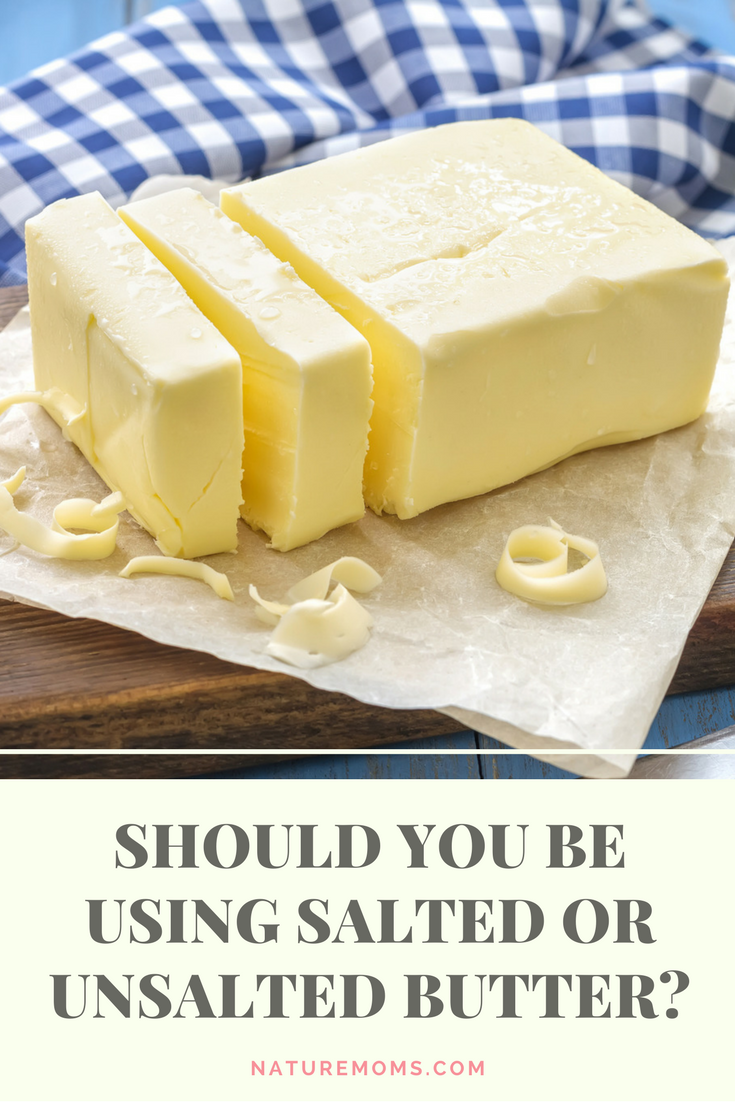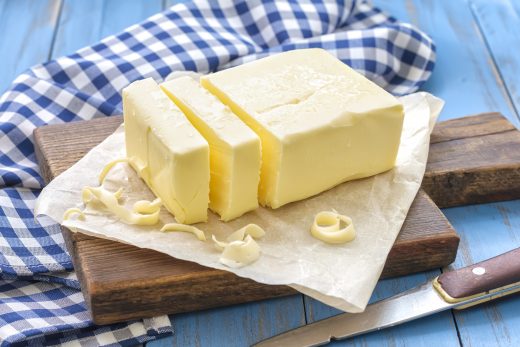 It is not uncommon for most recipes these days to involve butter. It is surprising, though, just how many butter options there are when you go to the store.
It is not uncommon for most recipes these days to involve butter. It is surprising, though, just how many butter options there are when you go to the store.
Do you use a specific one depending on whether you are cooking or baking? Do some meals need salted versus unsalted?
There are differences between salted and unsalted butter that go beyond the obvious name change. Some recipes will call for one or the other; plus, you may have a preference when it comes to taste.
What matters is that you are aware of any differences, so that all those choices are not as daunting. Both versions are made from the same Grade AA quality butter, but the salted varieties have salt added to them.
They both can be used interchangeably for any recipe, but if a recipe specifically calls for unsalted butter, it likely means it was tested with that type. This means you are better off using unsalted, as it is the preferred butter for that particular recipe.
There are certain situations where one may be preferred over the other.
What’s the difference?
Given that salt has long been used as a preservative tool, it makes sense that salted butter will last longer. This type of butter can be stored in the fridge or on the counter, and the butter will last a long time, even if the consistency changes. Unsalted butter is basically the butter after it is removed from the churn and nothing is added, so it will not last as long. You can definitely taste the difference once unsalted butter is no longer fresh, and it can ruin your recipes.
You should only buy unsalted butter as you need it and use it as quickly as possible. The amount of salt in salted butter will vary depending on the company, so you should always check the label before buying. Because some recipes require one or the other, it is best to know the amount of salt included before cooking.
Too much salt can drastically affect the taste of a meal. Additionally, some individuals need to monitor their sodium intake, and should therefore check labels of salted butter to avoid health problems. Often unsalted butter may be a better and healthier option for individuals watching their sodium levels. When it comes to cooking with salted butter, a good tip to follow is to decrease the additional salt added.
For example, for every ½ cup of salted butter you use, be sure to decrease the amount of added salt by ¼ teaspoon. This will help you manage your sodium intake when cooking without losing flavor.
Often, if certain recipes can be easily ruined by too much salt, they will call for unsalted butter, which allows you to keep control over what goes into the mix. There is definitely a different taste with salted butter, and many do not like it when they first try it. Those who have switched from salted to unsalted butter for health reasons can attest to the fact that it takes a while to get used to.
Once your taste buds have adapted to unsalted butter, the salty taste of salted versions may even be off-putting and too rich.
Why Sodium Matters
Sodium is essential for life and is regulated by your kidneys. It helps control your body’s fluid balance. Too much sodium in the bloodstream causes water to be pulled into your blood vessels.This increases the volume of blood inside the blood vessels and your blood pressure increases.
Over time, high blood pressure can overstretch the vessels and injure the walls. This increased pressure also quickens the rate at which plaque builds up, blocking blood flow and increasing the strain placed on your heart. The number one cause of high blood pressure is sodium, i.e., too much salt in the diet.
High blood pressure (also called hypertension) is known as the silent killer because the damage can be done before any real symptoms are noticed. It is one of the major contributors to heart disease. Even if you do not have high blood pressure, eating less sodium can help to prevent the natural blood pressure increase that occurs with aging.
Switching to unsalted butter is one way to cut back on sodium, thereby reducing your risk of heart attack, heart failure, osteoporosis, kidney disease, and even stomach cancer.
Reducing sodium in your body also reduces the amount of water your body retains. Since excess water can cause bloating, you may notice weight loss when you cut back sodium intake.
Most of the sodium Americans ingest comes from fast and processed foods, but even the smallest amount found in salted butter has an impact.
Do you use salted or unsalted butter?
When you use unsalted butter, you end up with complete control over the flavor of the recipe. This becomes especially important with baking recipes in which the pure, sweet cream flavor of the butter is important, such as butter cookies and pound cakes.
It also matters in cooking recipes in which the real, natural flavors need to come through.
You may notice that some recipes will call for unsalted butter but then have you add salt. In this case, the pure, sweet cream taste comes through with the addition of the salt, allowing you to add the exact amount of salt that you want.
Salted butter is essentially all-purpose and ideal for topping vegetables, spreading on toast, mixing with pasta, and using in recipes where you do not need to have so much control over the salt content.
Salted butter can be added to your morning oatmeal to make an ordinary breakfast into a delicious and healthy treat. A tablespoon of salted butter only has 4 grams of fat and adds amazing flavor, so consider adding it to any meal or recipe to experience something new.
Salted butter is the better option when you want to add additional flavor to an otherwise bland food item or dish.



